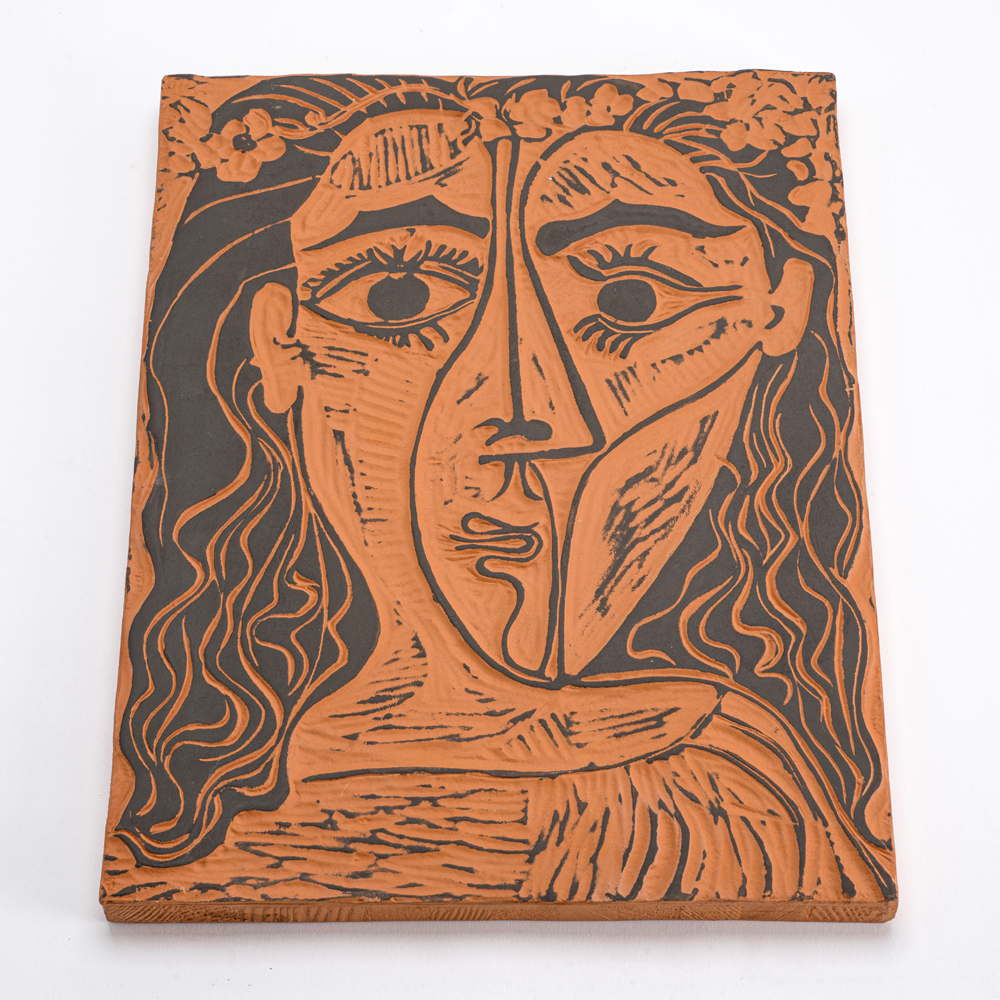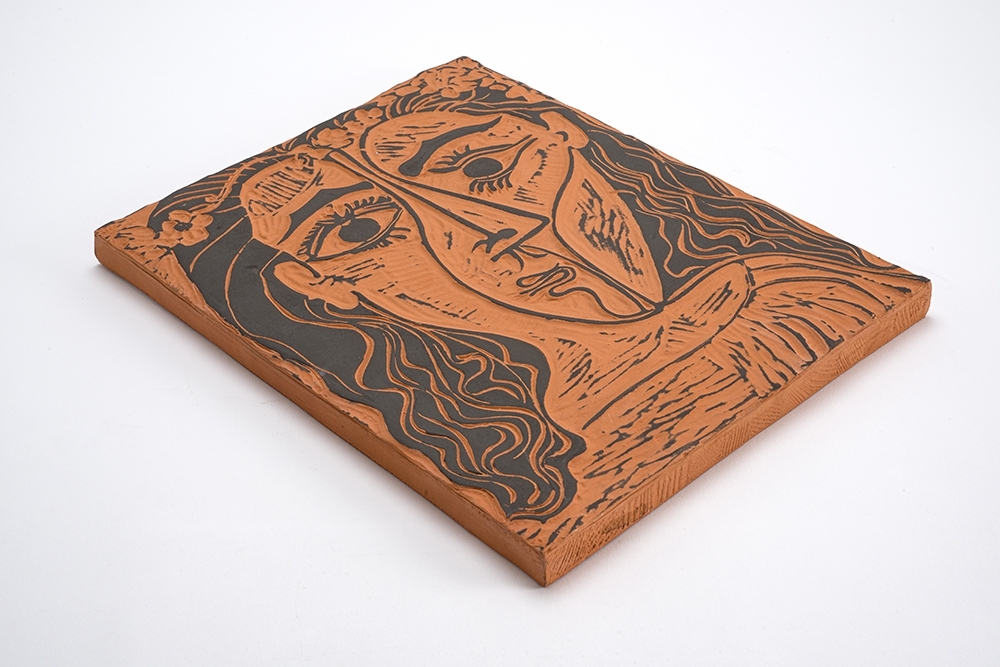Private collection
Andros, Museum of Contemporary Art-Basil and Elise Goulandris Foundation, Picasso and Greece, 27 June – 26 September 2004, no. 106, p. 170
Athens, Basil and Elise Goulandris Foundation, Memories steeped in dream, August 5 – December 3, 2023
Georges Bloch, Pablo Picasso, Tome III: Catalogue de l’oeuvre gravé céramique 1949-1971, Berne, Kornfeld und Klipstein, 1972, no. 168, p. 146
Georges Ramié, Céramique de Picasso, Paris, Cercle d’art, 1974, no. 522
Alain Ramié, Picasso: catalogue de l’oeuvre céramique édité 1947-1971, Vallauris, Galerie Madoura, 1988, no. 522
Jean Clair and Kyriakos Koutsomallis, Picasso and Greece, Turin, Umberto Allemandi, 2004, no. 106
Gary Tinterow and Susan Alyson Stein, Picasso in The Metropolitan Museum of Art, exhibition catalogue, New York, The Metropolitan Museum of Art, 2010, no. C2, pp. 317–318 (another cast illustrated)
Enrique Mallen (ed.), Online Picasso Project, Sam Houston State University, 1997-2022
Picasso’s visit to the annual exhibition of ceramicists in Vallauris, in the south of France in 1946, led him to become immersed in the traditional arts of clay firing and glazing. He was enthused by this new activity and, in the period to 1971, created over 3,500 original works in clay.
His interest in ceramics could, at first glance, appear as a pleasant diversion from the difficulties of painting. For Picasso however, it was a new vehicle for his art, a field in which he saw himself as an apprentice, forced to forget everything he knew and experiment, like he did when he was young, with materials which did not obey him. It allowed him, with the unceasing curiosity of a child and the pure joy of discovery, to continue and rejuvenate his creative adventure. The result mirrored his art: exuberant, excessive, singular, genius...
The choice of subject matter, the use of more or less glaze, the interchangeability between terracotta and white clay, create a variety of ceramic works which inevitably bring to mind the words quest, imagination, freedom, and help us understand why Picasso defined ceramics as “painting with an open heart.”
.
.














